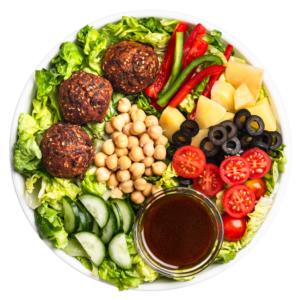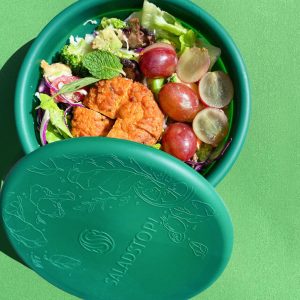A study showed that 46% of customers are more likely to buy a product if it is eco-friendly. If you’ve ever hesitated to buy a skincare or makeup product because there wasn’t a “natural” label attached to it, be aware of certain buzzwords which may be hiding the truth behind misleading business practices. Some companies that make use of labels such as “organic” or “cruelty-free” may be defining those words according to their own agenda. Moreover, natural products aren’t always better for you or the environment.
Common Beauty Industry Buzzwords
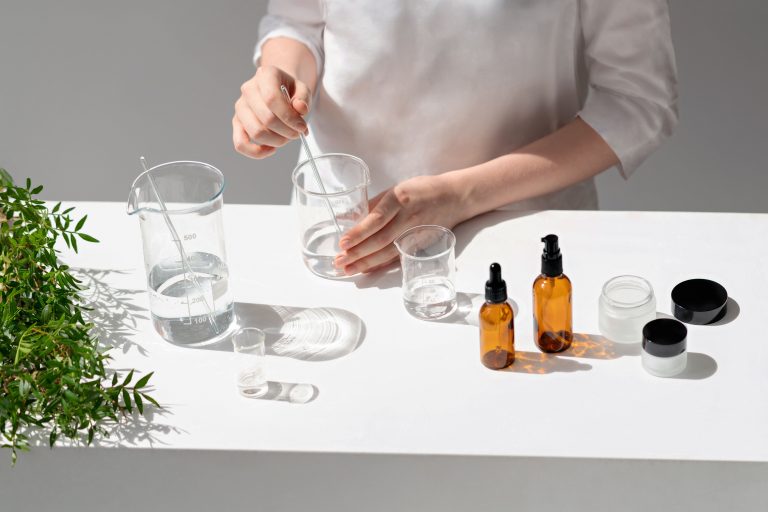
- Clean Beauty: This refers to products that do not contain harmful ingredients and have transparent labelling of ingredients. Some toxic or problematic ingredients include parabens, silicones, drying alcohols, sulfates (SLS and SLES), fragrances, and dyes. However, clean beauty does not mean that the product has to be all-natural or organic.
- Green Beauty: Perhaps even more difficult to define than clean beauty, it also refers to products that are non-harmful to people and the planet. They are products sourced, produced and packaged in an ethical and sustainable way.
- All-natural: This typically means that the product’s ingredients are derived from nature and not created synthetically. There is no formal, standard definition for skincare products and other cosmetics that use this term.
- Organic: In the US, products have to contain at least 95% organic ingredients in order to be certified ‘organic’. As this certification is expensive, smaller companies may use the label on their products without getting the official seal.
- Vegan Beauty: This refers to products that are formulated without any animal by-products or ingredients sourced from animals. This includes beeswax, honey, lanolin and tallow- all common ingredients found in beauty products. However, just because the product is vegan does not mean it is ‘clean’.
- Cruelty-free: No animal tests are performed on either finished products or ingredients at any point during production and beyond.
Greenwashing Beauty Products
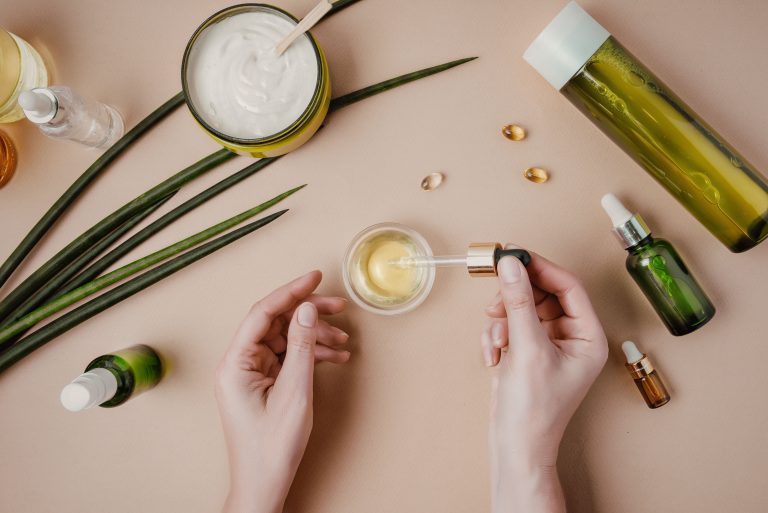
Greenwashing simply refers to any activities or behaviours that may make a company or a brand seem more environmentally friendly or sustainable than it really is. As we have pointed out above, labels have ambiguous meanings, no fixed definition and do not convey much about the product.
Seeing the rise in consumer awareness of irritant-causing ingredients and the wellness industry, brands have marketed their products as natural, sustainable and having better quality ingredients. You might have seen packaging in green and white, which is a tactic used to let consumers assume that these products are good for you and the environment. Companies with no real sustainability mission have also been adding labels and phrases to their products with limited or no proof to back it up.
For example, companies may use palm oil in their ‘cruelty-free’ products. The demand of the oil palm crop drives deforestation and destroys tropical wildlife habitats, especially orangutans which rely on large swaths of forest for food.
What should I do next?
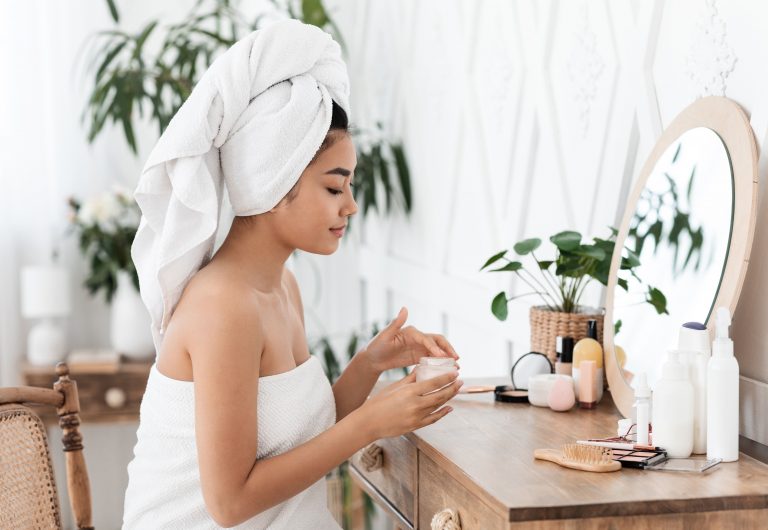
If you come across a brand or product using the above phrases, treat them with a bit of skepticism. Here are some ways to tell the difference between a greenwashed product and a ‘clean’ one:
- Look at the logos on the packaging: There are independent groups that have created their own set of standards and guidelines pertaining to clean beauty. They include: the FSC, USDA Organic, EWG and others.
- Take a look at the ingredients list: If you see a statement like “free from…” on the packaging, it is a sign that companies are trying to categorise themselves as ‘clean’ based on what is not in their formulas. Check ingredients against the EWG’s database.
- Look for the ‘Leaping Bunny’ logo: It is the only internationally recognised symbol that guarantees no new animal tests were used in the development of the product displaying it.
- Incorporate genuinely ‘clean’ products into your routine: This means doing research into which brands offer ethically-sourced, made and packaged products. It is recommended to start with whatever touches the largest surface area of your body, such as replaying your empty body lotion or body wash with a cleaner alternative. As for makeup, when swapping out your products, start with your lip products because the potential for harmful ingredients to enter your bloodstream is higher since you apply them on your mouth.
There are legitimately clean and green beauty products and brands out there. Natural or clean products are devoid of chemicals which can sometimes irritate sensitive or acne-prone skin. They may also use less packaging and have a mission to promote sustainability. Take some time to filter out the genuine brands and you’ll definitely be more satisfied with your current line-up of beauty products!


